富营养化水体蓝藻水华的肺螺A防控技术的研究毕业论文
2020-04-16 15:36:48
摘 要
Abstract V
第一章 文献综述 1
1.1水体富营养化成因及其危害 1
1.1.1水体富营养化成因 1
1.1.2水体富营养化危害 3
1.2 国内外水体富营养化防治研究进展 4
1.2.1环境管理措施 5
1.2.2工程技术防控蓝藻 5
1.3本课题研究内容 8
1.3.1本课题研究意义 9
1.3.2 研究问题 9
1.3.3 设计内容 10
第二章 轮叶黑藻防治微囊藻水华影响因素研究 11
2.1轮叶黑藻对防治微囊藻水华可行性 11
2.1.1微囊藻简述 11
2.1.2轮叶黑藻简述 11
2.1.3轮叶黑藻防治微囊藻机制 12
2.2材料与方法 13
2.2.1主要仪器设备 13
2.2.2主要试剂 13
2.2.3实验材料 13
2.2.4测定方法 13
2.2.5轮叶黑藻抑制藻类生长实验 14
2.3结果分析 15
2.3.1轮叶黑藻对水体DO影响因素探讨 15
2.3.2轮叶黑藻对水体pH影响因素探讨 16
2.3.3轮叶黑藻对水体Chla影响因素探讨 17
2.3.4轮叶黑藻对水体COD影响因素探讨 18
2.3.5轮叶黑藻对水体氨氮影响因素探讨 19
2.3.6轮叶黑藻对水体TP影响因素探讨 20
2.4本章小结 20
第三章 肺螺亚纲滤食性软体动物(椎实螺)对于微囊藻抑制作用 22
3.1肺螺亚纲滤食性软体动物(椎实螺)对微囊藻生长抑制作用可行性 22
3.1.1肺螺亚纲滤食性软体动物(椎实螺)简述 22
3.1.2肺螺亚纲滤食性软体动物抑制微囊藻机制 22
3.2材料与方法 24
3.2.1主要仪器设备 24
3.2.2主要试剂 24
3.2.3实验材料 24
3.2.4测定方法 24
3.2.5不同密度椎实螺抑制藻类生长实验 25
3.3结果分析 25
3.3.1椎实螺对水体pH影响因素探讨 25
3.3.2 椎实螺对水体DO影响因素探讨 27
3.3.3椎实螺对于水体COD影响因素探讨 28
3.3.4椎实螺对水体TP影响因素探讨 29
3.3.5椎实螺对水体氨氮影响因素探讨 30
3.3.6椎实螺对水体Chla含量影响因素探讨 30
3.4本章小结 31
第四章 水生动植物联合治藻 32
4.1水生动植物联合治藻可行性 32
4.2材料与方法 32
4.2.1主要仪器设备 32
4.2.2主要试剂: 33
4.2.3实验材料 33
4.2.4测定方法 33
4.2.5椎实螺联合轮叶黑藻、鲢鱼抑制藻类生长实验 34
4.3结果分析 34
4.3.1水生动植物对水体DO变化影响因素探讨 34
4.3.2水生动植物对水体pH影响因素探讨 35
4.3.3水生动植物对水体Chla影响因素探讨 36
4.3.4水生动植物对水体COD影响因素探讨 37
4.3.5水生动植物对水体氨氮影响因素探讨 37
4.3.6水生动植物对水体TP影响因素探讨 38
4.4本章小结 39
第五章 实验结论及展望 40
5.1实验结论 40
5.1.1轮叶黑藻对微囊藻水华影响因素 40
5.1.2椎实螺对微囊藻水华影响因素 40
5.1.3水生动植物对微囊藻影响因素 40
5.2展望 40
5.2.1底泥释放影响因素 40
5.2.2水生微型生物和微生物影响因素 41
5.2.3河蚌对水体透明度影响因素 41
参考文献 42
附录 45
水生动植物联合防治富营养化水体微囊藻
摘 要
近几年蓝藻水华现象频发,人们已经越来越重视水污染问题。2015年,太湖蓝藻问题依旧严峻,目前湖体主要营养盐总氮、总磷依然偏高,藻型生境条件尚未根本改变的情况下,遇到合适的外部条件,太湖仍会出现较大面积蓝藻聚集。
本实验主要验证椎实螺、轮叶黑藻以及其他水生动植物对于富营养化水体抑制和防控技术。结果表明:1、轮叶黑藻可以可有效抑制蓝藻生长,同时又可以吸收富营养化水体中氮磷等营养物质,提高水体透明度,实现净化水体目。2、椎实螺可以破碎大颗粒藻类,破坏藻类表面保护膜,释放叶绿素a,最大浓度可相差100微克每升,同时椎实还具有极强耐毒性。3、在联合防控蓝藻过程中,椎实螺与轮叶黑藻联合效果显著,在一定范围内,椎实螺密度越高,破碎蓝藻细胞越多,释放水体中叶绿素a含量越多;轮叶黑藻密度越大,对于氮磷等营养元素吸收效果越明显,下降幅度越大。
关键词:椎实螺 轮叶黑藻 富营养化
Aquatic animals and plants combined control of eutrophication water
Abstract
Phenomenon of algal blooms occur frequently in recent years, people have paid more and more attention to.2015 problem of water pollution years, the problem of blue-green algae bloom in Taihu Lake is still severe, currently lake of main nutrients of total nitrogen, total phosphorus is still high, algal habitat conditions has not been fundamentally changed the situation encountered a suitable external conditions, Taihu Lake is larger area of cyanobacteria aggregation appeared.
This experiment is mainly to verify the Lymnaea, Hydrilla verticillata and other aquatic animal plant for eutrophic water suppression and prevention and control technology. The results show that: 1, the wheel verticillata can effectively inhibit the growth of cyanobacteria, also can absorb rich nutrition in water nitrogen and phosphorus and other nutrients, improve water transparency, water purification, 2,Lymnaea snails can break large particles algae, damaging algal surface protective film, release of chlorophyll a maximum concentration difference of 100 micrograms per liter of Lymnaea also has strong resistance to poison. 3,In the joint prevention and control process of blue algae, Lymnaea snails and wheel verticillata, in a certain range, Lymnaea snail density is high, the broken cyanobacteria cells more water release in chlorophyll content more; wheel verticillata density is greater for nitrogen and phosphorus, etc. The absorption effect of nutrient elements is more obvious, the decline range is bigger.
Keywords: Lymnaea Heiye stonewort EutropHication
第一章 文献综述
氮、磷等营养元素不仅仅是植物生长必需元素,同时他们也是人体所需营养物质。但是当水体中氮、磷含量过量,生态系统就会出现异常现象,例如蓝藻水华。
以上是毕业论文大纲或资料介绍,该课题完整毕业论文、开题报告、任务书、程序设计、图纸设计等资料请添加微信获取,微信号:bysjorg。
相关图片展示:
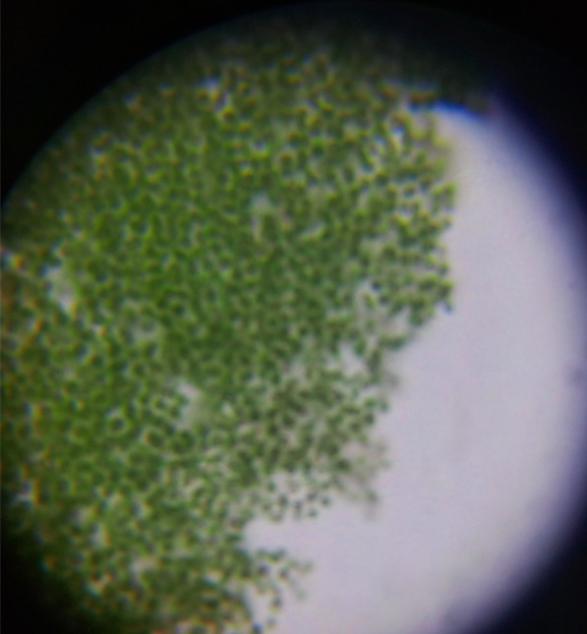
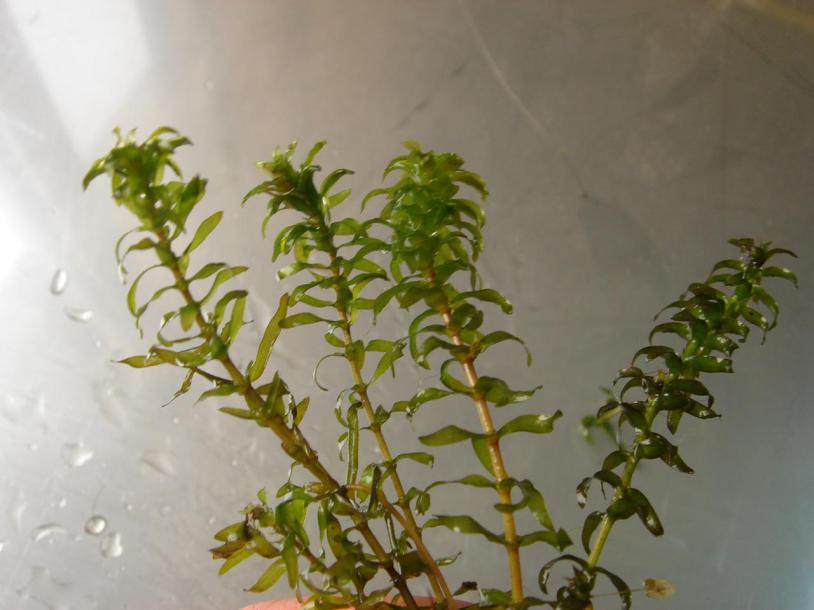
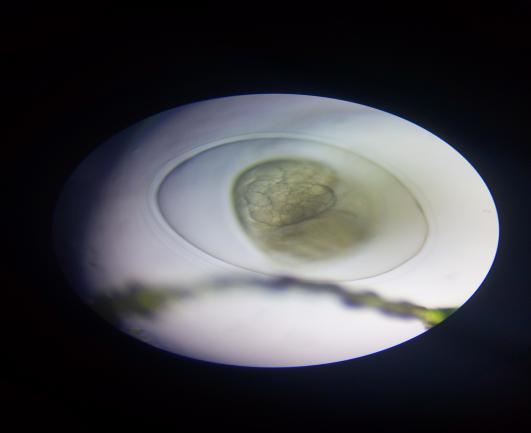
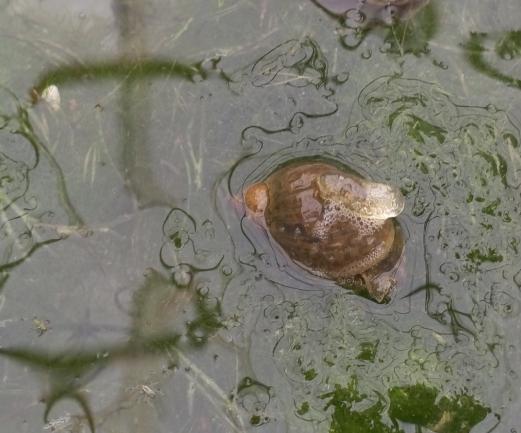
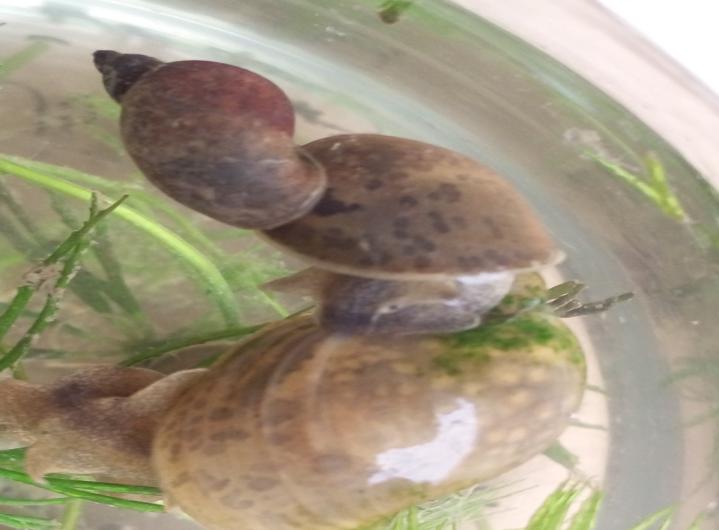
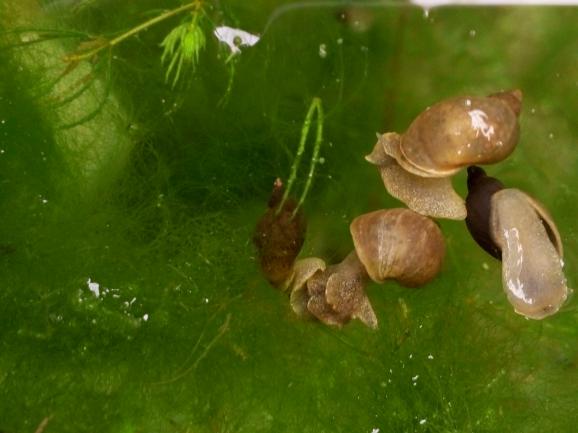
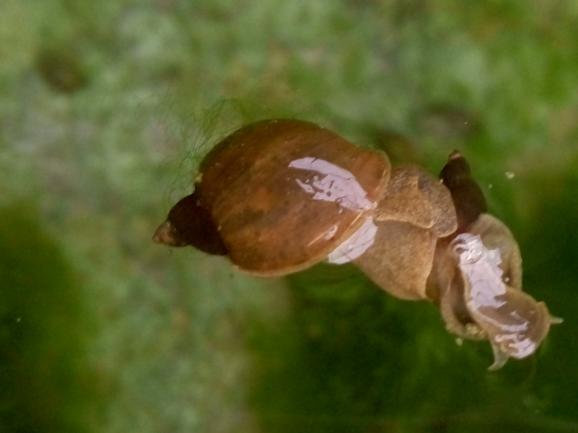
课题毕业论文、开题报告、任务书、外文翻译、程序设计、图纸设计等资料可联系客服协助查找。



